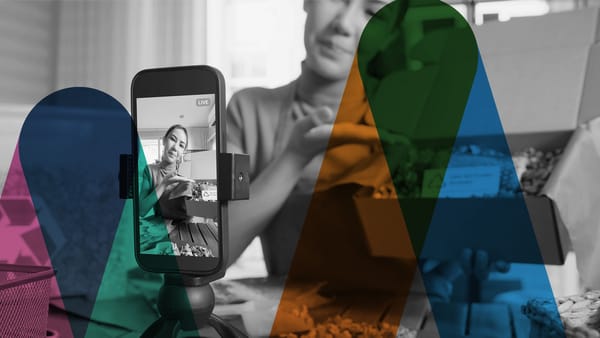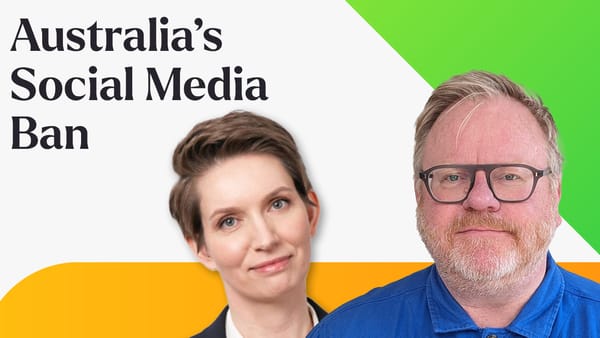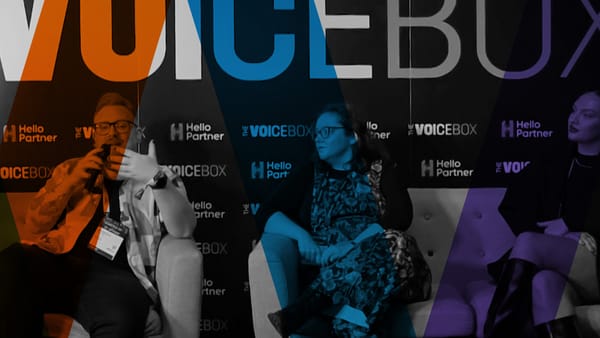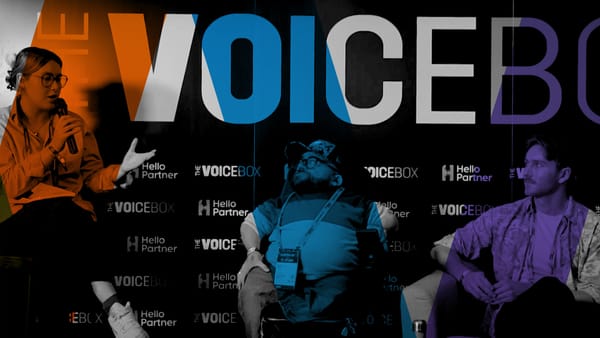- You’ll have to spend big on this, which means you’ll probably be under pressure to show a big volume of direct sales, which may not come in quick enough or at all
- You’ll probably end up choosing an influencer simply because you’ve heard of them/the size of their audience but whose audience may not fit your potential customer profile
- Research from Markerly showed that engagement rate falls for Instagram influencers as their follower count increases, so you’re likely to get less engagement with the big stars
- Age(s)
- Gender
- Disposable income
- Location
Instagram search
Use Instagram’s own search feature to find influencers using relevant hashtags for your brand, this works well especially if you have niche terms that you can use. So, using a broad term like fashion might bring back too many posts however if you have a focus on just eco fashion that brings back significantly less. Once you find one influencer who feels like a good fit, look at who else they follow, chances are they’ll follow other influencers that are similar and therefore also relevant.Also look if they’ve attended any events by looking at hashtags on their posts, as that’s another way to find influencers that also attended the event and might be a good fit. Deep Social allows you to analyse an influencer’s audience so that you can then start to see whether they’re a fit for your brand and the audience you want to target, so you can see things like age range and location. If you don’t want to pay for a tool like Deep Social, ask the influencer for stats about their audience – they should be able to get these analytics from social platforms or Google Analytics to give you a good indication.Once you have your shortlist, go through and ask yourself:- Do the influencer’s values align with your brand’s?
- Can you imagine that influencer talking about your brand organically?
- Do you think their audience would genuinely like your product and be able to buy it (both in affordability and availability)?
- Look out for red flags such as low engagement rates on posts or comments from followers accusing them of ‘selling out’ or just pushing advertising
- Run their profiles through a tool such as HypeAuditor for Instagram to check they have genuine followers and not fake ones








